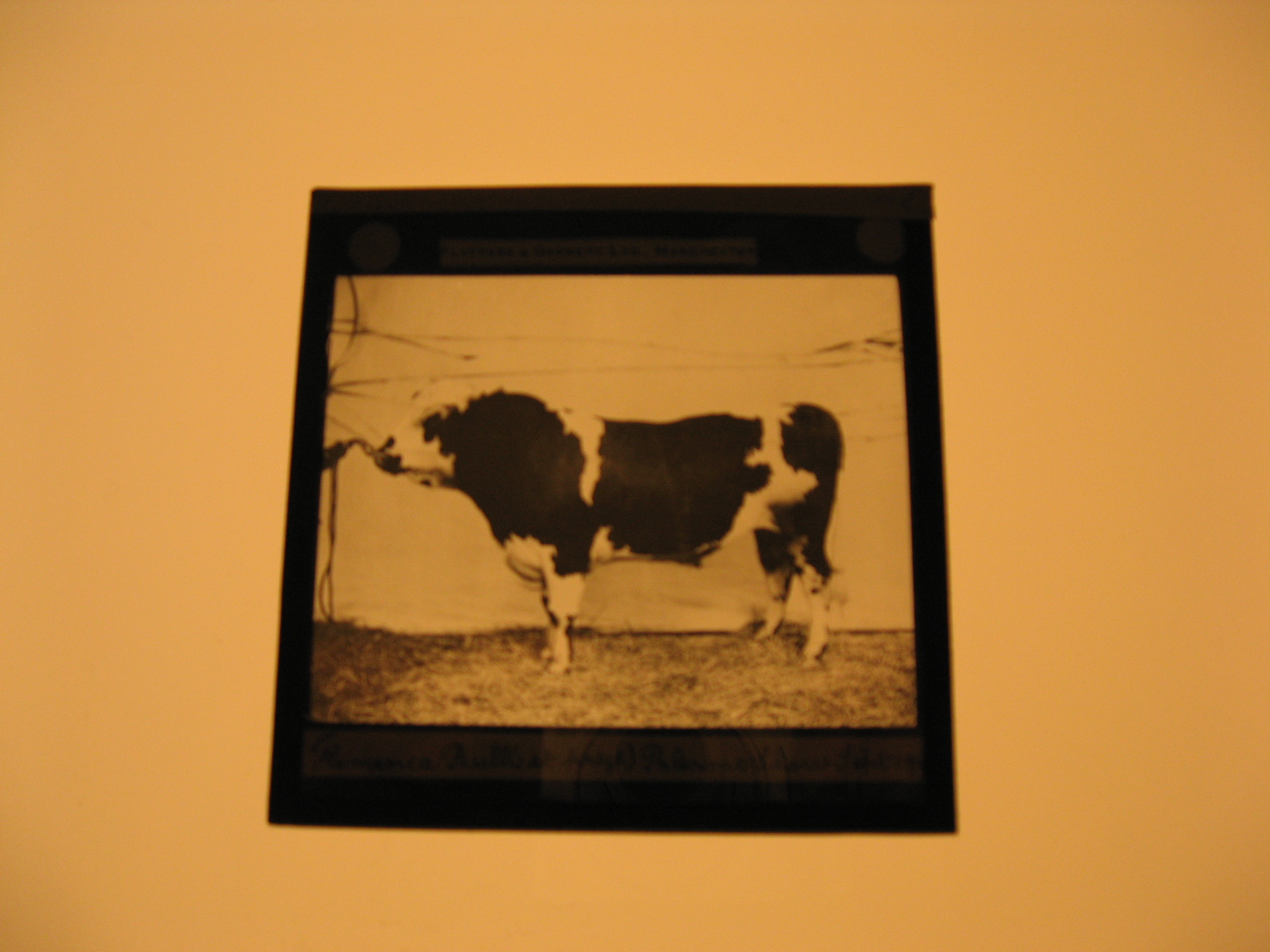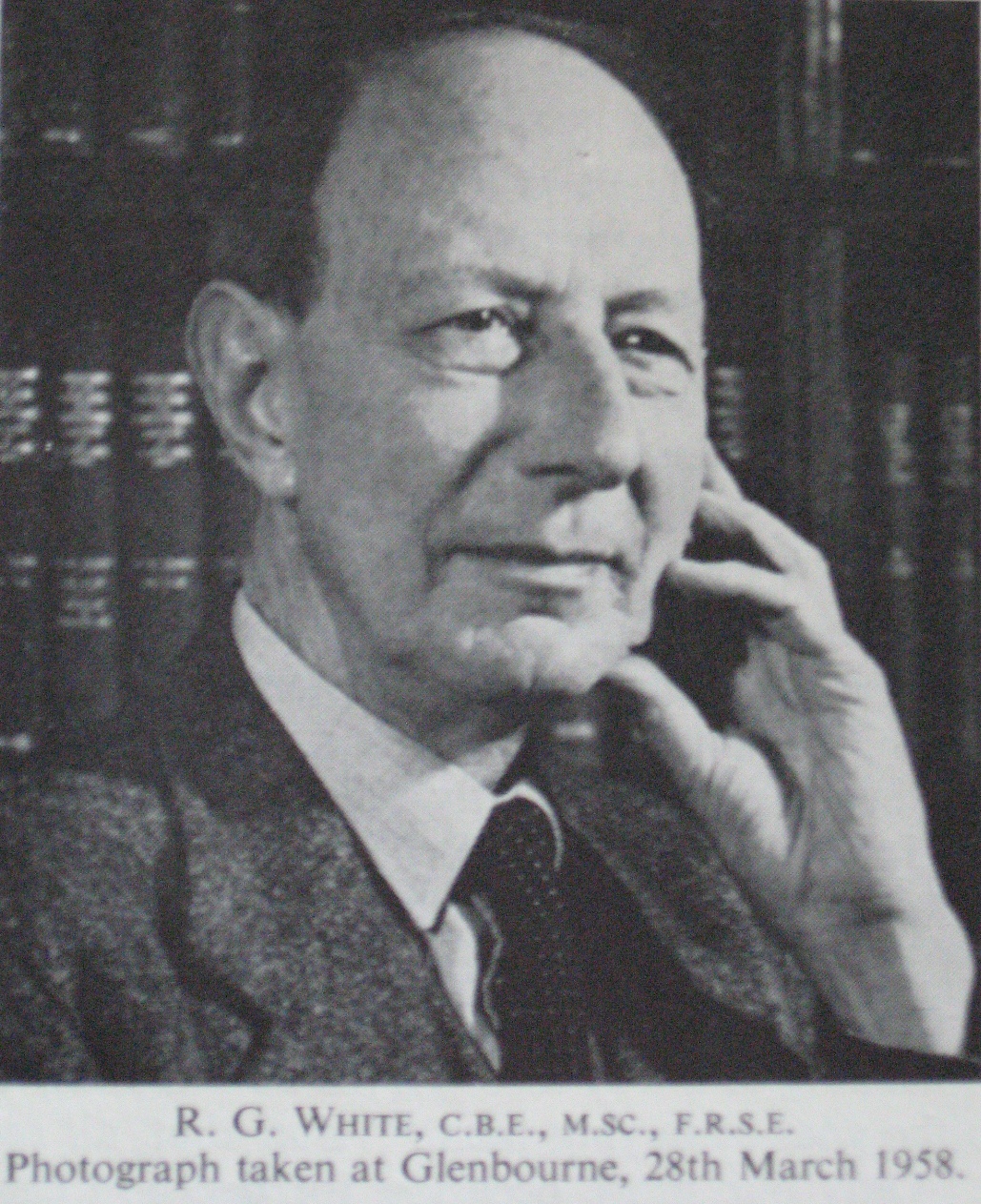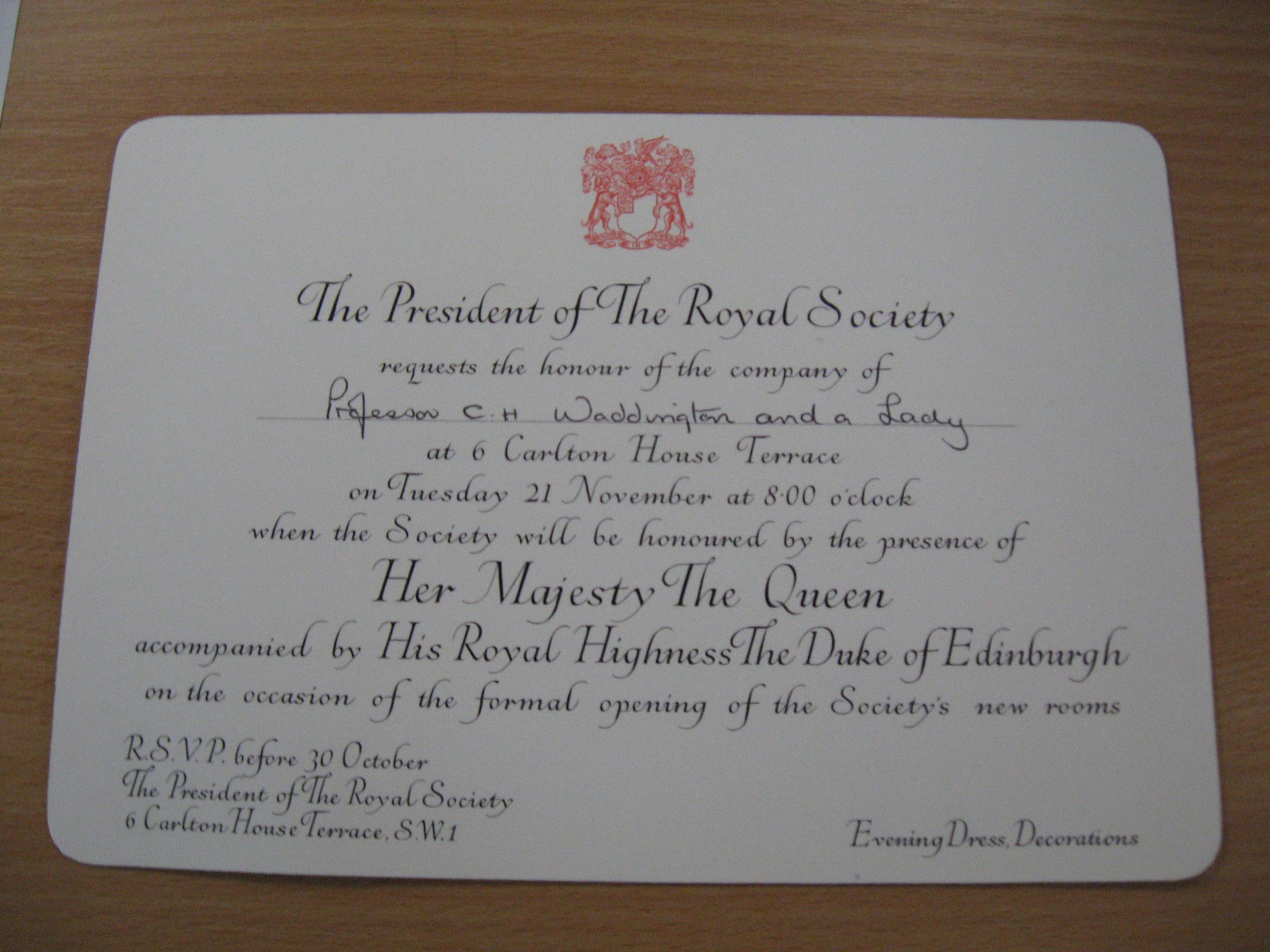 I was interested to find among Waddington’s typescripts and manuscripts these notebooks containing the printed draft proofs of Waddington’s book New Patterns in Genetics and Development. The book was based on the Jesup lectures Waddington delivered to Columbia University in 1961 and was published by Columbia Press in 1962.
I was interested to find among Waddington’s typescripts and manuscripts these notebooks containing the printed draft proofs of Waddington’s book New Patterns in Genetics and Development. The book was based on the Jesup lectures Waddington delivered to Columbia University in 1961 and was published by Columbia Press in 1962.
In New Patterns, Waddington not only explores the emergence of patterns in biological development, but also examines the new patterns of thought that had emerged in genetics and biochemistry. As ever though, he pushes forward to working towards developing new approaches, particularly with regard to morphogenesis (the biological process which causes an organism to develop its shape, causing ‘the appearance of organised structure within a vast range of sizes from the cellular organelle to the elephant’).
In typically visual language, Waddington describes the ‘ancient conundrum of morphogenesis’ as having ‘the attraction of a real frontier, a region where one is not just trying to fill in an already existing sketch map, but where one has to try and figure out the bare bones of the geography from scratch.’
I like how ‘patterns’ even find their way onto the covers of these notebooks!









